IIT, Argonne team designs Li2O-based Li-air battery with solid electrolyte; four-electron reaction for higher energy density
Green Car Congress
FEBRUARY 25, 2023
By using a composite polymer electrolyte based on Li 10 GeP 2 S 12 nanoparticles embedded in a modified polyethylene oxide polymer matrix, we found that Li 2 O is the main product in a room temperature solid-state lithium-air battery. … This chemical sequence stores and releases energy on demand.

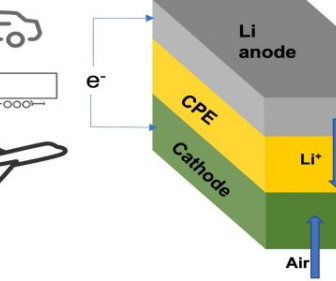

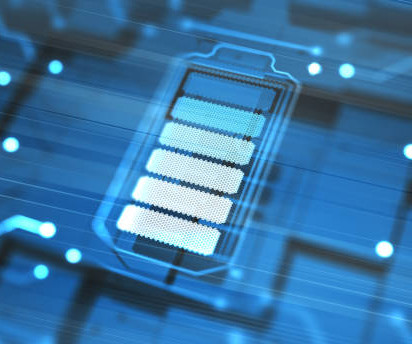
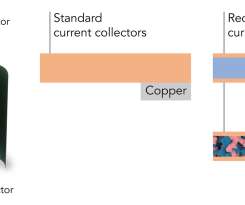

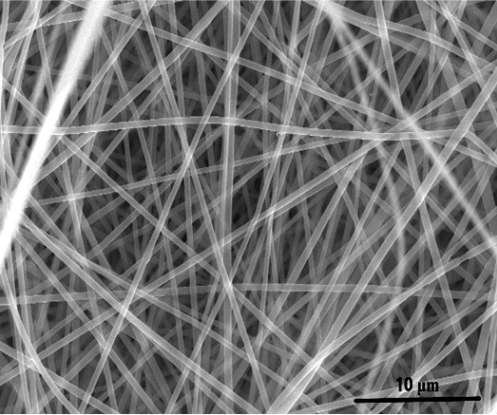


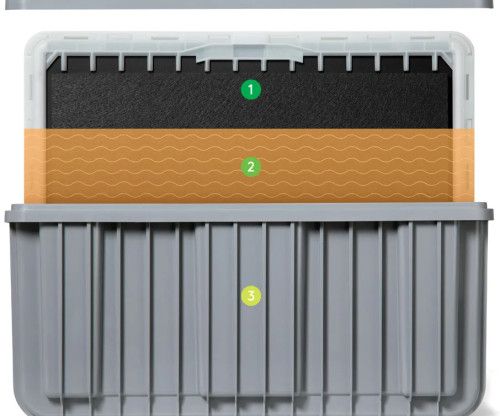



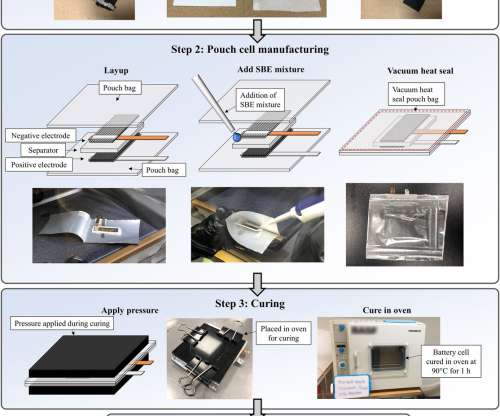







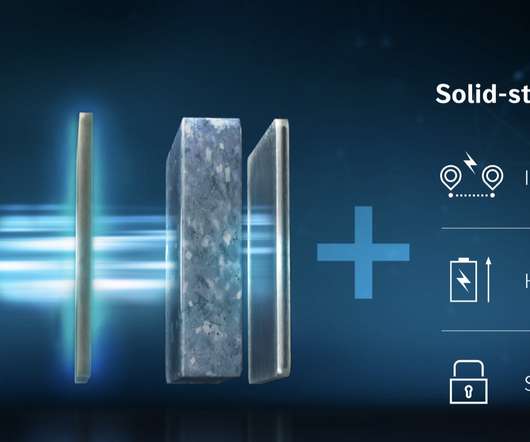
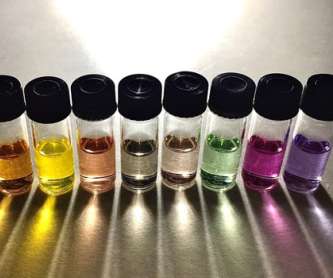





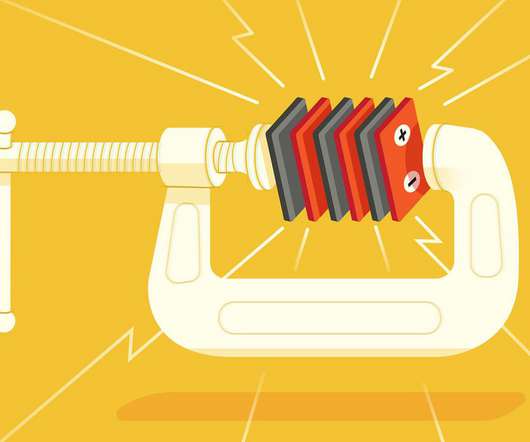




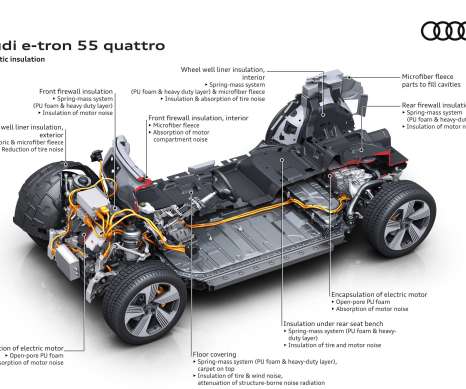










Let's personalize your content